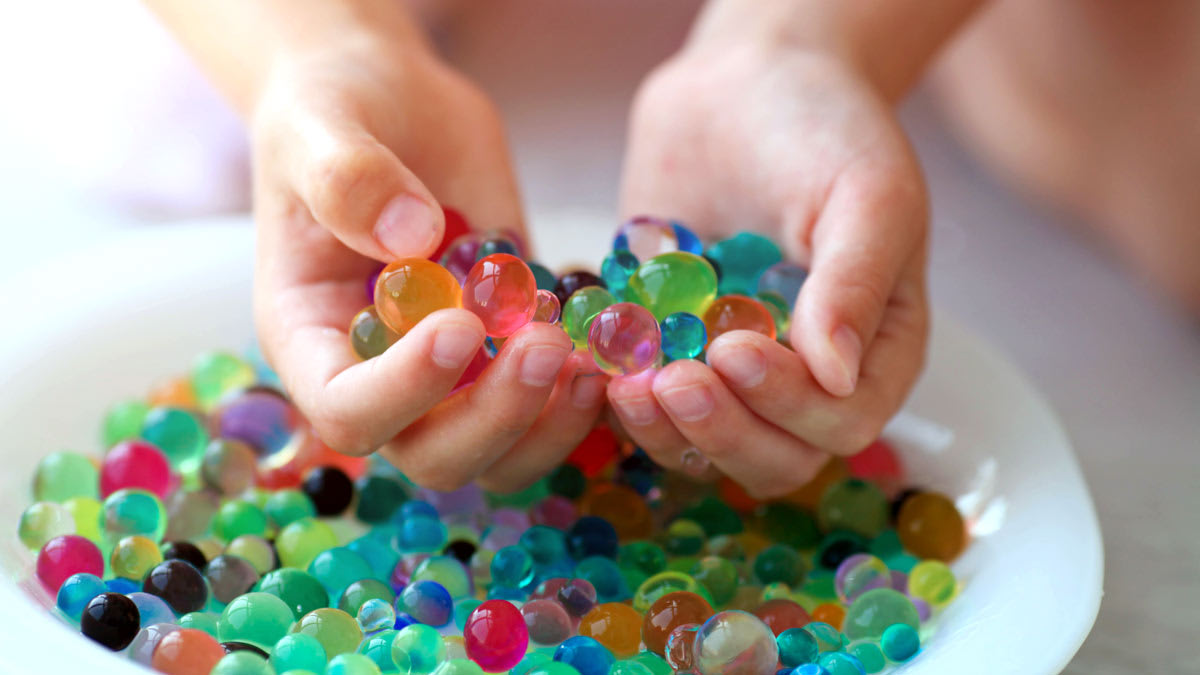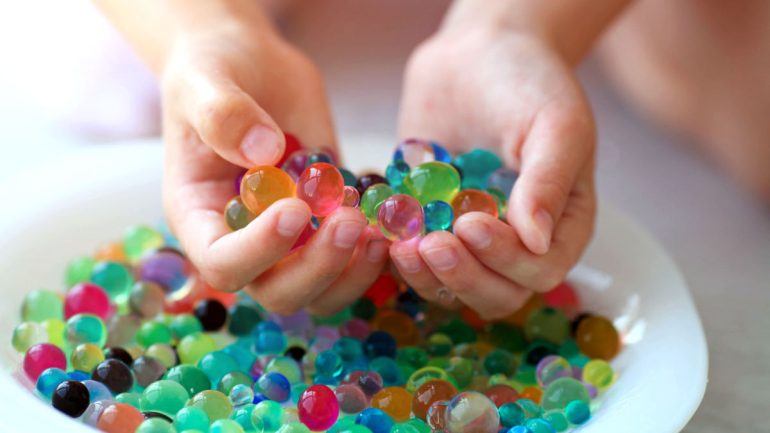Omanyano ovanhu koikundaneki yomalungula kashili paveta, Commisiner Sakaria takunghilile
Veronika Haulenga
Omanyano ovanhu koikundaneki yomalungula kashili paveta, Commisiner Sakaria takunghilile
Veronika Haulenga
Listeners:
Top listeners:
-
play_arrow
Omanyano ovanhu koikundaneki yomalungula kashili paveta, Commisiner Sakaria takunghilile Veronika Haulenga
A New Consumer Reports Investigation Sheds Light on Dangers of Water Beads


A new investigation by Consumer Reports (CR) reveals the alarming danger posed by water beads, which are often marketed as toys or sensory aids for children. The beads are small, super-absorbent gel balls that, when placed in water, grow in size. CR found that, if ingested by children, water beads can grow to dangerous sizes in the body. CR conducted tests on several brands of water beads and documented how much they can expand.
While some countries have banned water beads, they are still widely available in the U.S. and sold by dozens of manufacturers. CR launched a petition today demanding the Consumer Product Safety Commission (CPSC) stop the sale of water beads for kids and secure recalls for those already on the market.
William Wallace, associate director of safety policy at CR, said: “It’s alarming that water beads are being marketed as safe and sold as if nothing is wrong with them, leading parents to unknowingly put their children at risk. The federal government should ban water beads or at least set strong limits on them so they can’t be sold as children’s products. Retailers and online platforms should stop selling them immediately, and contact previous buyers to warn them about the risks.
“We strongly recommend keeping water beads out of the home if children or cognitively impaired adults are ever present. It’s just not worth the risk. Water beads don’t serve a useful purpose, and there are much safer options available for sensory play, such as room temperature, digestible foods like rice, beans, pasta, or peas.”
According to CR’s investigation, the expanding beads have found their way into the stomachs, intestines, ears, noses, and lungs of curious infants and toddlers, even though the beads are often bought for older siblings. Oftentimes, doctors may not easily or quickly detect these beads if they end up in a young child’s stomach. The ingested water beads can contribute to hearing loss, infections, bowel obstructions requiring surgical removal of intestines, blocked airways that can lead to lung collapse, and even death.
CR heard harrowing stories from several parents who recounted insufficient safety warnings, challenges in identifying water beads as a cause of harm, and life-threatening incidents caused by water beads. Tragically, in July 2023, Esther Jo Bethard, a 10-month-old baby girl, died after swallowing water beads. In an email to CR, Esther’s mother said water beads: “should be banned and no longer allowed to be marketed as a children’s toy. If I had known of the risks, I would’ve never allowed my older kids to play with them. They would’ve never been in my house.”
Water beads can start as tiny as a cupcake sprinkle—reported to be confused for such—and grow to the size of a marble when soaked in water. Others, initially the size of small grapes, grow to golf-ball size. Even with careful handling, beads can scatter and roll under furniture, in baseboards, or in the carpet. A crawling, curious baby can find and eat one or more months to years after someone’s last played with them.
Ashita Kapoor, associate director of product safety at CR, who led CR’s testing, said: “Jangostor, the largest bead in CR’s tests, starts about the size of a marble or bubble tea ball, and, when soaked in water for 36 hours, grows nearly as big as a golf ball. At that size, in our lab tests, it fails the toy industry’s own voluntary standard for expandable materials.”
Written by: Staff Writer
Children Children's toys Consumer Reports Consumer Safety Cosumers Product Safety Safety Toys Water Beads
Similar posts
Windhoek Weather
Most popular

Mbumba signs off new benefits for retired political office bearers

Former FNB employee arrested after defraud pensioner off N$215, 000

Namdia Heist: More questions, lots of confusion

Omuhwahwameki Michael okuunganeka oshikonga shoku patitha oostola dho Rani moshilongo ashihe.

Walvis Bay woman loses over N$777.000 to a fraudster
Copyright 2025 Future Media (Pty) Ltd | Website by Digital Platforms
Tel: +264 83 000 1000 | Email: news@futuremedia.com.na





